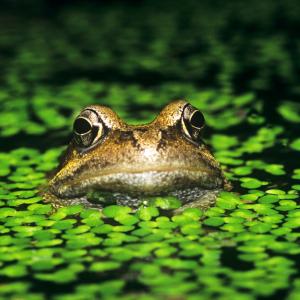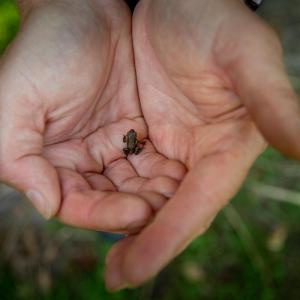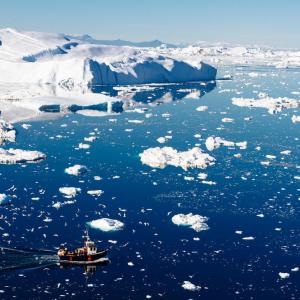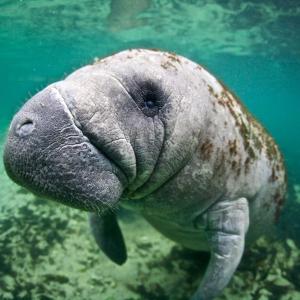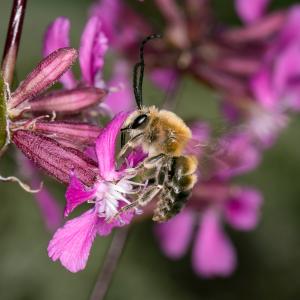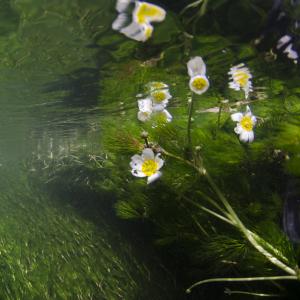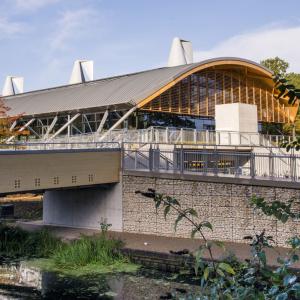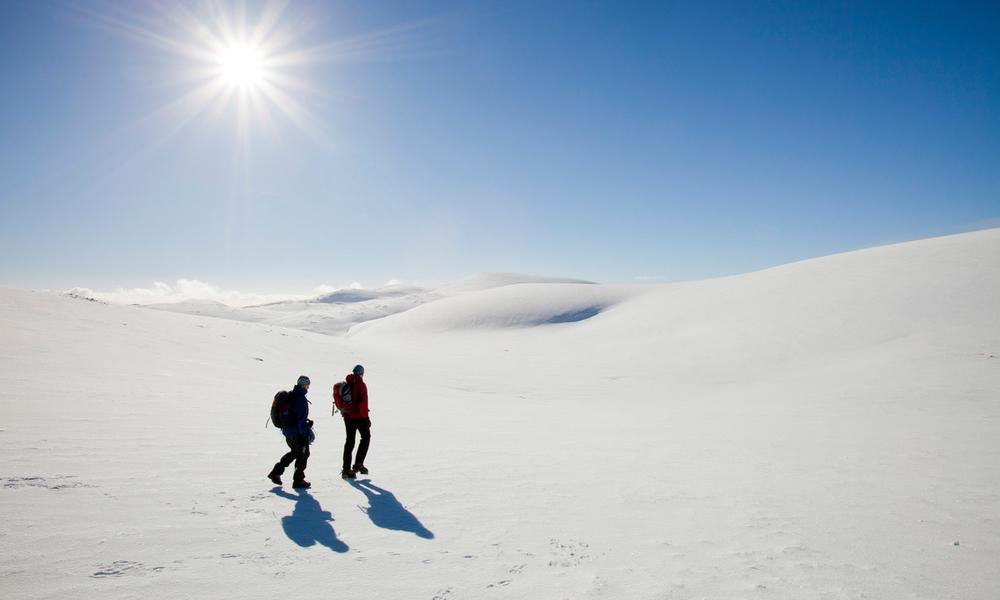
About our environmental goals
About our environmental goals
Our mission is to create a world where people and wildlife can thrive together. 'Walking the talk’ is essential to achieving this. Our responsibility does not end with influencing others to safeguard the natural world through their key decisions – we must also play our part, reducing our own impacts as well as inspiring others to do the same. We've come a long way since our first environmental policy was launched in 1989, but we'll always be working to improve our environmental performance.
In 2008 we became certified to the environmental management standard ISO 14001 and have upheld this certification every year since. Most recently, we moved our head office to a bespoke designed building - The Living Planet Centre - which was awarded a top rating of 'Outstanding' by BREEAM; an internationally recognised environmental assessment for buildings.
Below is a summary of our key areas of environmental performance, for more details about how we set targets for these areas please read our Environmental Goals. Each year we publish an Environmental Report which summarises our performance against our targets, these can be downloaded below.
Energy use
We’re committed to running our buildings as efficiently as possible, ensuring we minimise energy use without negatively affecting our operations.

We monitor our energy consumption and assess factors like weather and staff occupancy to check our usage is normal. In our smaller offices in Scotland and Wales we purchase electricity from renewable energy suppliers and share knowledge and information with other tenants about how to make operations more environmentally friendly.
At the Living Planet Centre there are 410 solar panels which provide us with around 15% of our energy needs. The rest of our electricity comes from a local combined heat and power network; a more efficient and lower carbon source of electricity than the national grid. Any electricity our solar panels produce which we can't use is fed back into this network.
Instead of sourcing heat externally and using air conditioning, we use a more energy efficient ground source heat pump for heating and cooling. We also use natural ventilation during warmer months by opening windows and doors. The Living Planet Centre produces nearly 25% less CO2 per m2 than our previous HQ.
We have features in our offices to help reduce energy use such as on-demand hot water boilers, LED lighting and motion-sensitive lighting. Our environmental procurement guidelines include information on electrical equipment, so we can ensure we choose efficient devices.
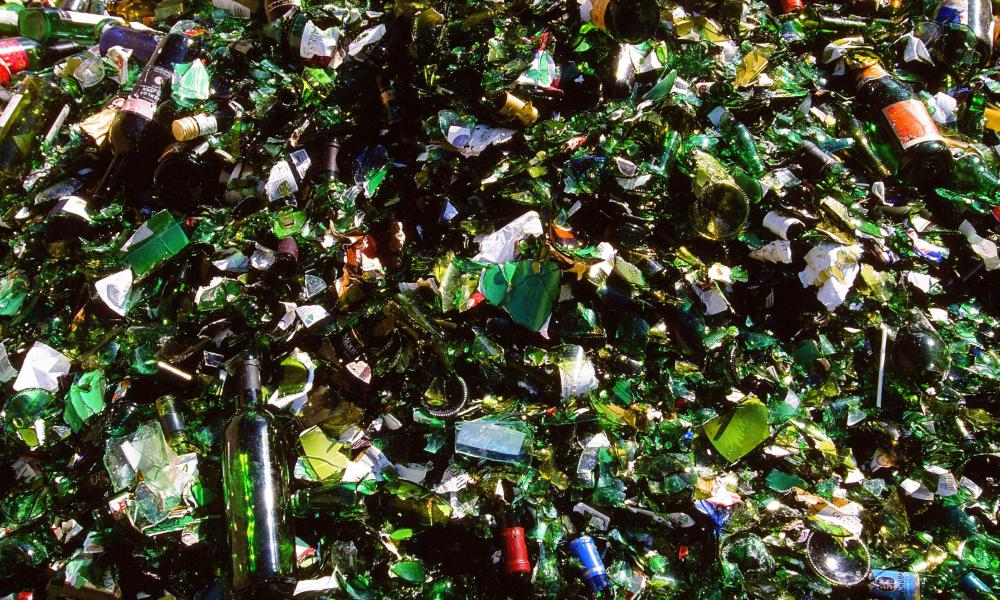
Waste
Waste
We have a responsibility to manage our waste in the most sustainable way possible, in line with our mission to reduce pollution and wasteful consumption.
We’re mindful of the 3 Rs – reduce, reuse, recycle. We encourage staff to reduce consumption of materials as a first priority, we then aim to reuse materials wherever possible and when things must be thrown away, we recycle as much as possible.
There are clearly labelled waste and recycling bins at all our offices. At the Living Planet Centre our general waste is used to produce energy from incineration rather than going to landfill and our food waste is used to produce fertiliser for crops and energy for homes and businesses.
Waste arrangements at our other offices are managed by the building management companies. We try to positively influence the way waste is managed, for example after advocating for separate food waste collections at our Edinburgh and Cardiff offices this is now a reality.
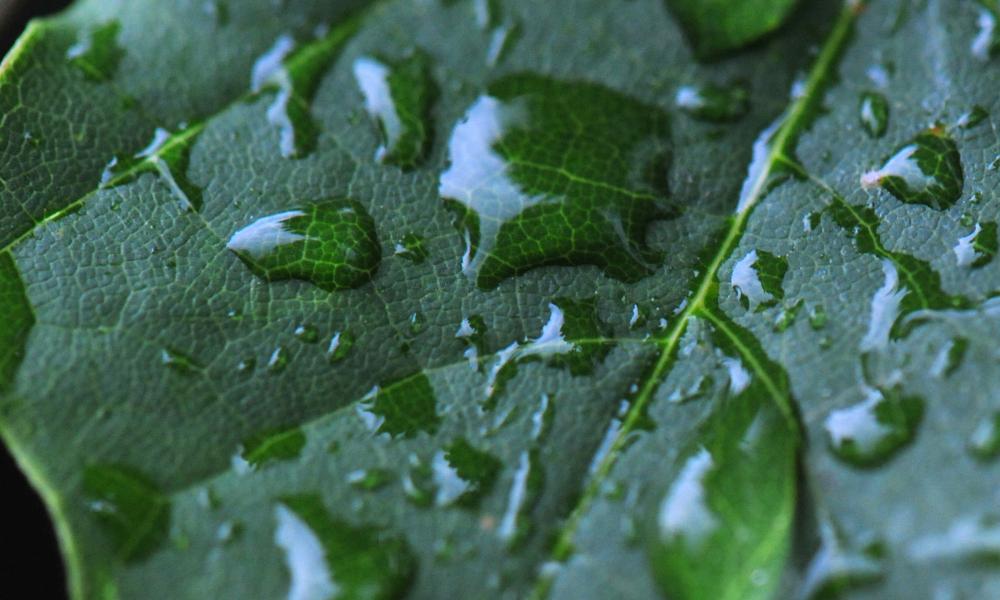
Water
Water
Water is an important natural resource so we try to use as little as possible in our offices.
The Living Planet Centre uses recycled rainwater and greywater (from sinks and showers) to flush the toilets and water the plants. This system reduces the mains water we use by over 50%. A leak detection system means we find out about leaks quickly, limiting the water lost.
Features like dual flush toilets, automatic taps in bathrooms and 'zip' taps in kitchens also help reduce water usage.
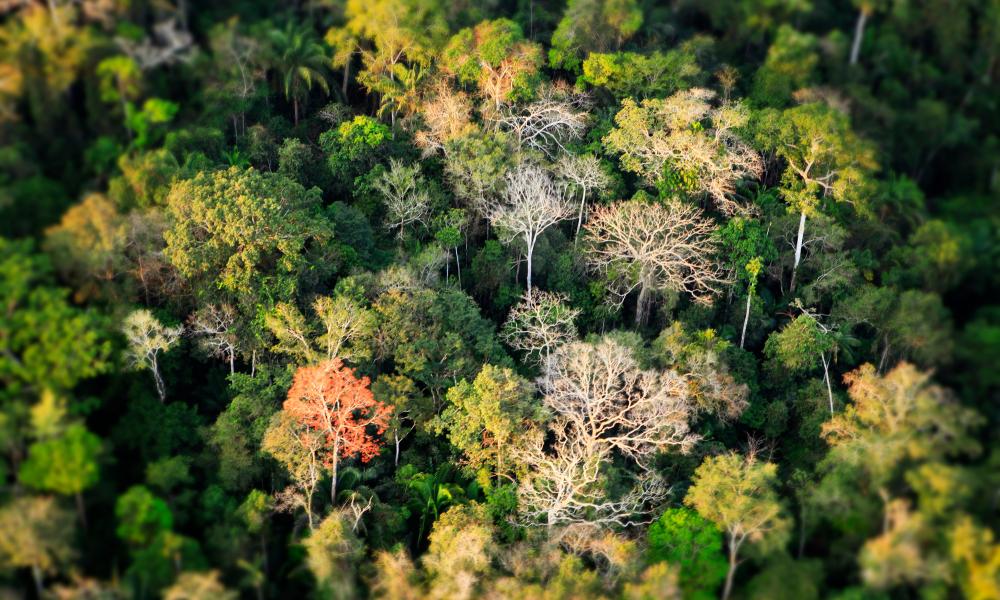
Paper and print
Paper and print
Thinking carefully about what we purchase and the suppliers we use is another way we can affect our environmental impact.
Our most tangible consumable is paper. Most of the paper we print on is for fundraising purposes and despite using digital fundraising, print remains an important part of our activities.
We’re committed to sourcing only FSC certified or 100% recycled paper and timber, to reduce our impact on forests. We choose printers with ISO 14001 certification, which demonstrates they are working to manage and reduce their own impacts.
We promote a 'digital first' way of working, encouraging staff to work digitally rather than printing internally and externally.
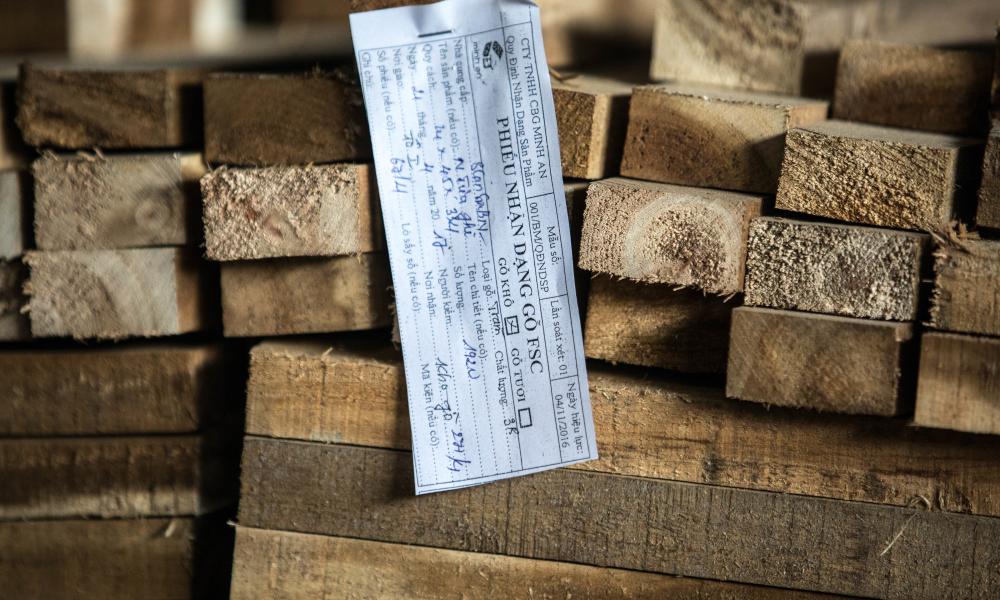
Procurement
Procurement
The products and services we buy don’t just have a carbon footprint, they have a social and economic impact too. At WWF-UK we want to make sure the things we buy align with our values and are truly sustainable, reducing resource consumption and waste where possible, and taking active steps to review our supply chain and the products we buy. To help us do this, we have several environmental policies which help our staff purchase goods and services produced in an environmentally and socially responsible way. Our policies focus on maximising the use of natural, sustainable materials, considering the whole life cycle of products - not just how it was made but how it will be recycled at the end of its use. You can access copies of these policies in the 'Resources' section below.
As of 2021, we are now starting to implement ISO 20400, the International Standard in Sustainable Procurement. To help colleagues assess supplier credentials, we’ve developed a supplier questionnaire that asks various sustainability questions under three pillars: environmental, social and economic. It then assigns a score and notes any areas of concern. We use this questionnaire during the quotes and tenders stage so colleagues can use the scores to influence their decision and work with suppliers to set sustainability targets as part of their contract.
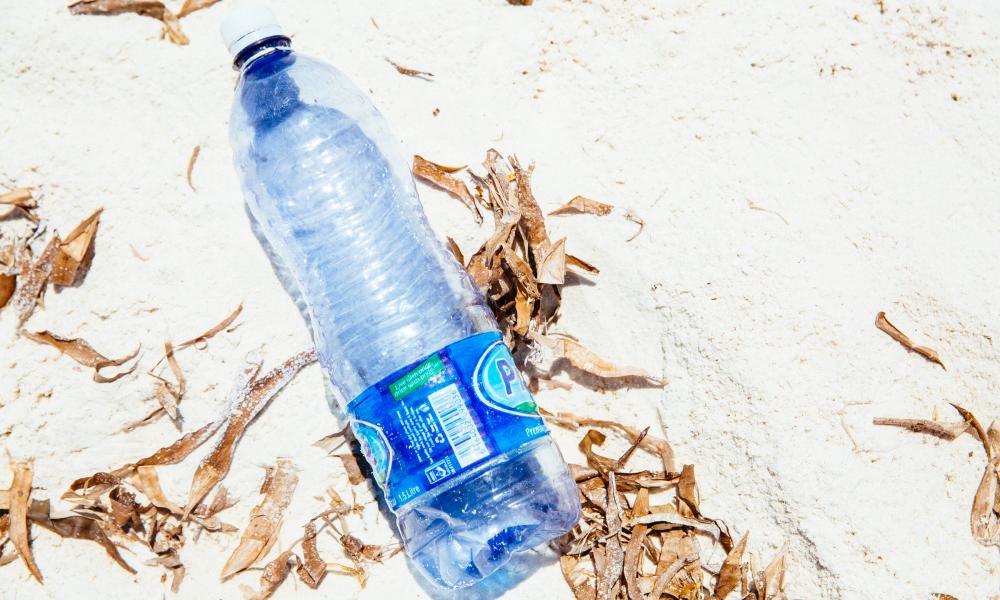
Plastic
Plastic
The impact of plastics, particularly on our oceans, is a fast-growing global issue. We have set a commitment to end the use of single-use plastics in our operations, products and supply chain across the WWF-UK by 2020. We have developed an action plan to remove single-use plastics from our organisation and implemented a single-use plastic policy which provides a hierarchy of alternatives for staff to apply when purchasing items where plastic may be present. The hierarchy emphasises eradication as the best alternative and then focuses on finding, in order of importance, reusable, renewable, or recyclable alternatives.
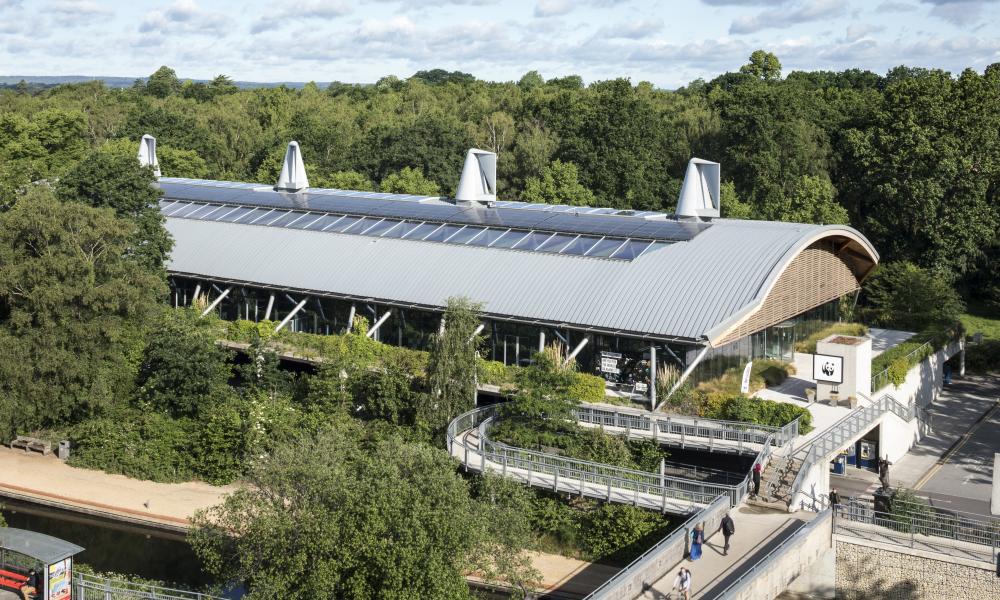
Resources
Resources
Our planet is being pushed to its limits. We're consuming resources at a rate that is unsustainable, and this is leading to effects such as climate change, pollution and the loss of wildlife and wild places. The good news is we can all play our part to stop this – at home and at work. We have a variety of resources available to help organisations to consider their environmental footprint and make positive changes to become more sustainable. We've included links to our environmental policies and our Sustainable Office Guide below. The Sustainable Office Guide details why it's important to take action on different areas such as business travel, finance, procurement and emissions, as well as advising on how to calculate your footprint in these areas and tips for taking action.

